15 BBQ Staples In America That Would Be Banned Elsewhere
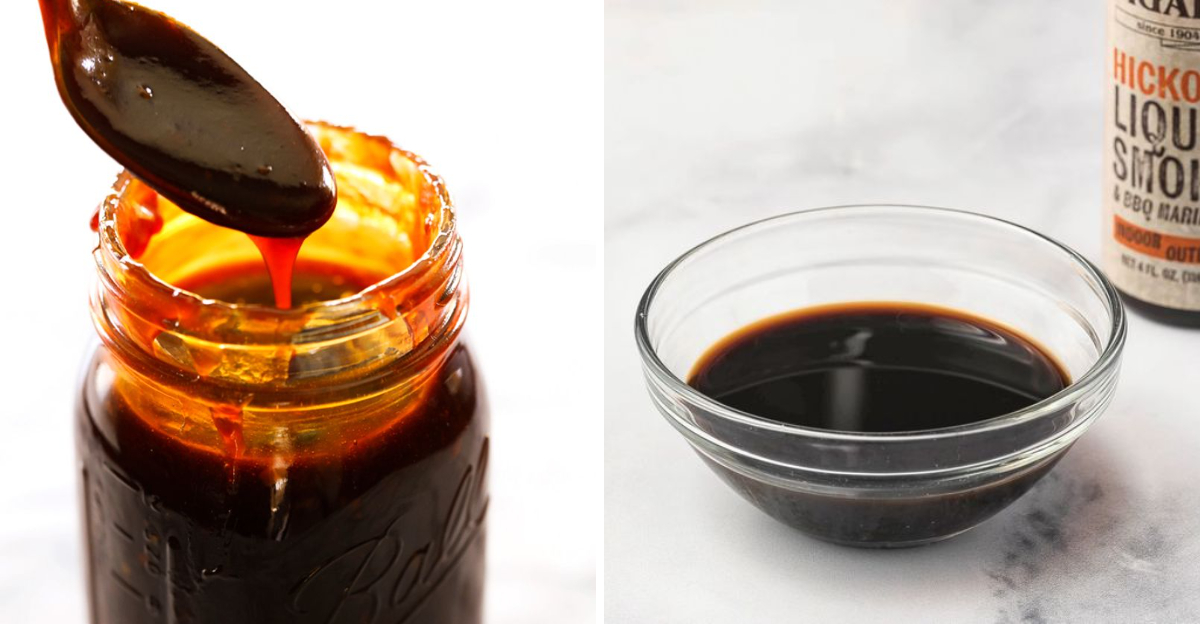
Let’s face it—American BBQ culture is bold, saucy, and unapologetically indulgent. But while we’re tossing ribs on the smoker and slathering pulled pork in sugary sauce, some countries might look at our BBQ table and say, “Nope.” Whether it’s due to food safety laws, banned ingredients, or cultural restrictions, here are 15 American BBQ staples that might not fly abroad.
1. Pork Ribs
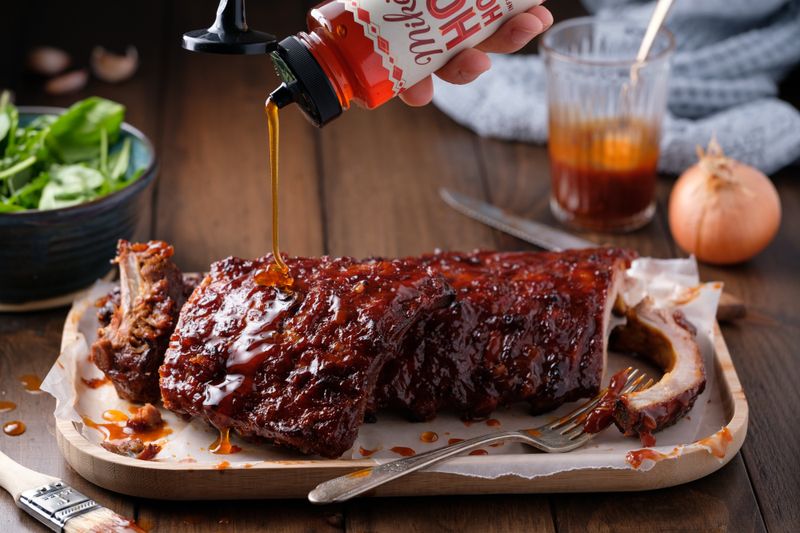
Pork ribs are the quintessential American BBQ delight, rich in flavor and dripping with sauce. However, in many Muslim-majority countries, pork is not just frowned upon; it’s outright forbidden. Imagine a summer cookout in Riyadh or Karachi, where these sticky ribs would be off the menu.
In these regions, dietary laws are deeply rooted in religious beliefs, making pork consumption a significant taboo. The absence of this BBQ staple might puzzle an American, but it highlights the diverse culinary rules across the globe.
2. Liquid Smoke
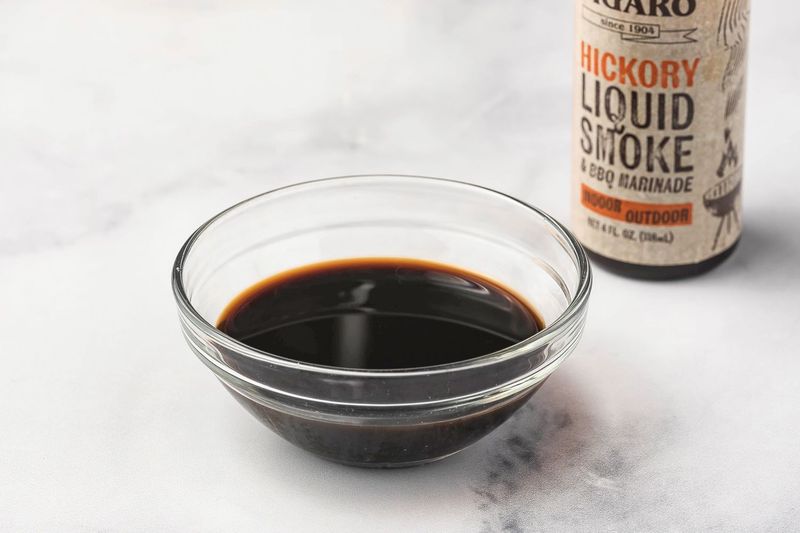
The convenience of liquid smoke in American kitchens brings the essence of slow-cooked BBQ to life with just a few drops. Yet, across the Atlantic, in many European countries, this ingredient faces skepticism.
Health authorities worry about potential carcinogens, leading to strict regulations or outright bans. In a place where natural flavors are cherished, the artificial nature of liquid smoke is met with caution. It’s an example of how health regulations can vary widely, transforming everyday ingredients into a point of contention.
3. Meat Injectors
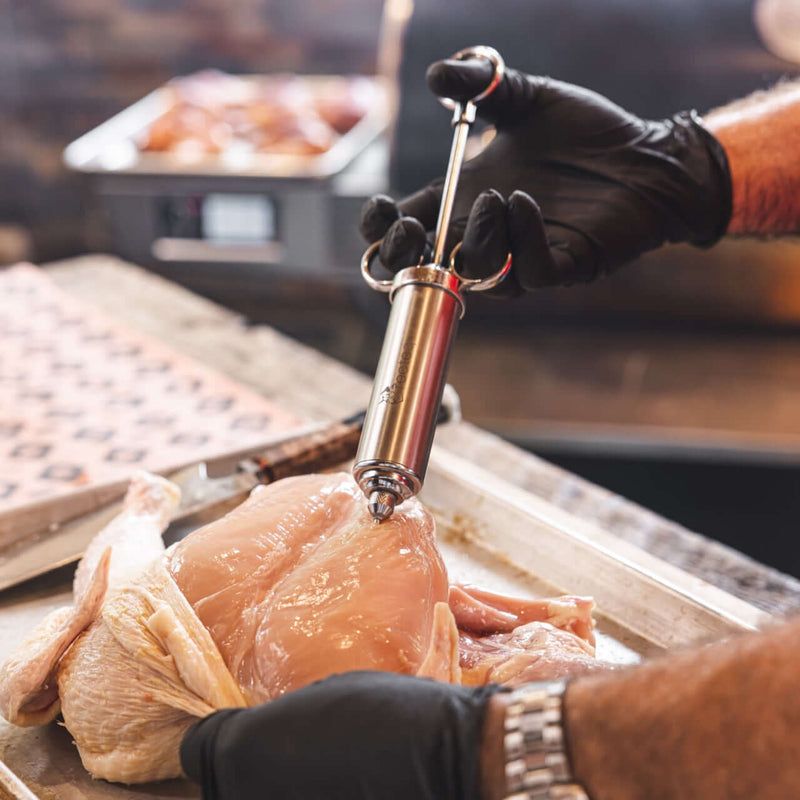
In the realm of American BBQ, meat injectors are the secret weapon for juicy, flavorful dishes. These tools allow marinades to penetrate deeply, creating a taste sensation. However, in parts of the EU and Japan, this practice is not embraced.
Strict food processing laws and a preference for natural textures mean injectors are seldom seen. The culinary philosophy here leans toward unaltered meat, highlighting differences in food preparation ethics. It’s a fascinating contrast in how BBQ enthusiasts approach flavor across the globe.
4. Raw Milk Cheese in Sides
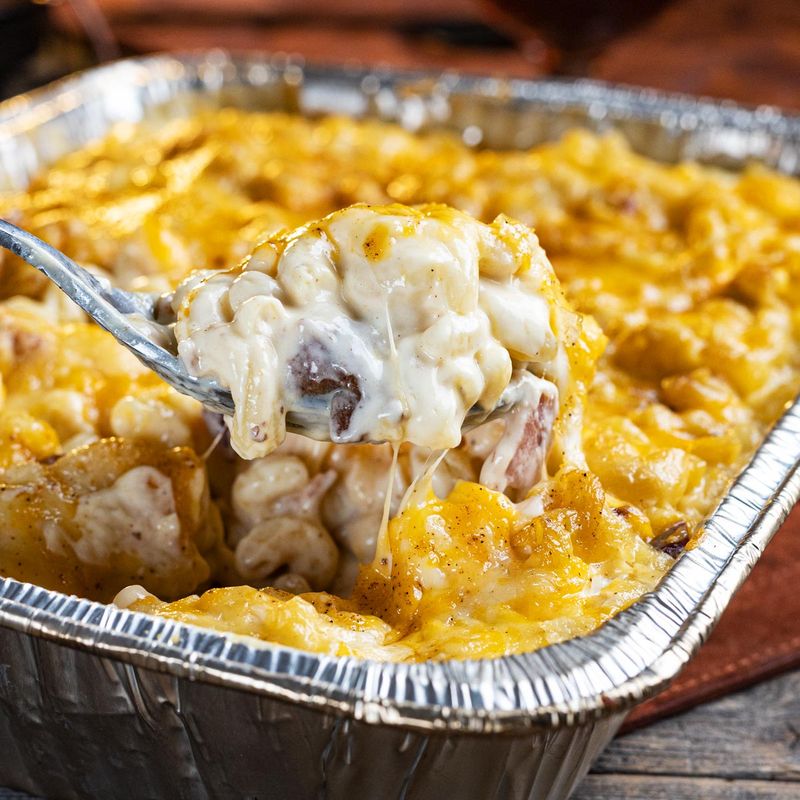
Nothing complements a BBQ feast like sides of creamy, indulgent mac and cheese, especially those made with raw milk cheese. Yet, for countries like Australia and Canada, this cheese must age over 60 days to meet safety standards.
The raw milk’s rich flavor is a luxury, but its potential health risks are a concern for regulators. This highlights how what is a gourmet delight in one nation can be a controlled substance in another.
It’s a testament to the varied landscape of global food safety policies.
5. Extra-Sugary BBQ Sauce
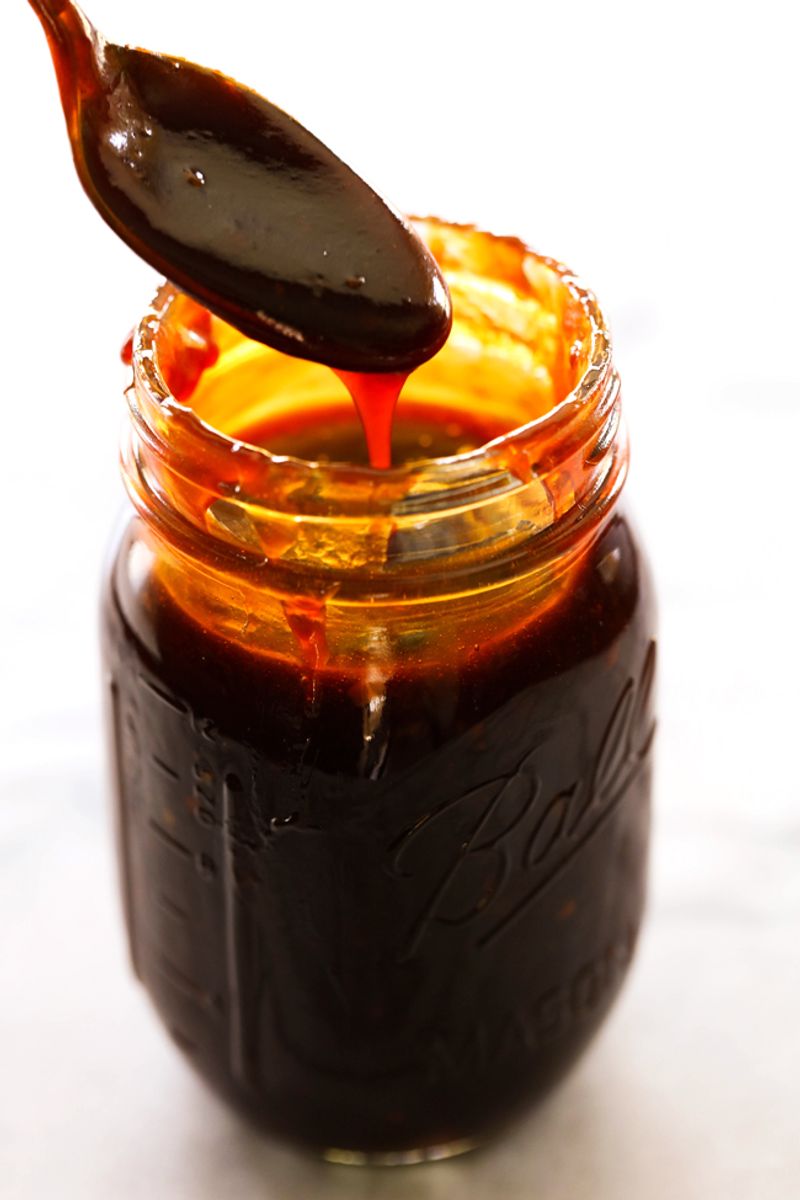
The allure of extra-sugary BBQ sauce lies in its ability to coat meats with a sweet, sticky glaze that’s simply irresistible. However, in countries with strict sugar content laws, many American sauces are scrutinized.
High-fructose corn syrup, a common ingredient, is often regulated, meaning these sweet concoctions don’t make it to the shelves. This restriction showcases a global effort to combat excessive sugar consumption, altering the condiment landscape significantly.
6. GMOs in Cornbread or Buns

In the U.S., genetically modified organisms (GMOs) are a staple in agriculture, especially in corn and soy products. Cornbread and buns at a BBQ might proudly feature these advancements.
Yet, in the EU and Russia, GMOs are heavily restricted or banned. This reflects a cautious approach to biotechnology, where traditional farming is favored. The debate over GMOs continues to be a global dialogue, influencing what’s served at the BBQ table.
7. Rare Burgers and Undercooked Meats
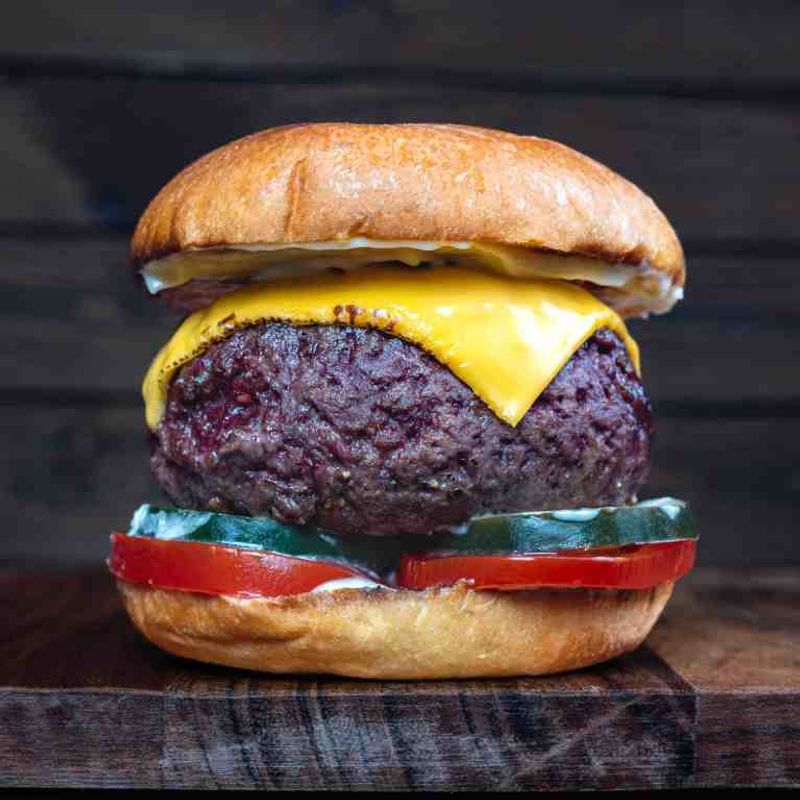
The delight of biting into a juicy rare burger, with its perfectly pink center, is a staple of American grilling. But in countries like Sweden and parts of France, food safety codes often require meat to be thoroughly cooked.
The fear of foodborne illnesses drives these regulations, ensuring public health is prioritized. While some may see this as a hindrance to culinary freedom, it’s a precaution rooted in safety. This divergence in cooking standards showcases how food safety perceptions can vary widely.
8. Pink Curing Salts in Smoked Meats
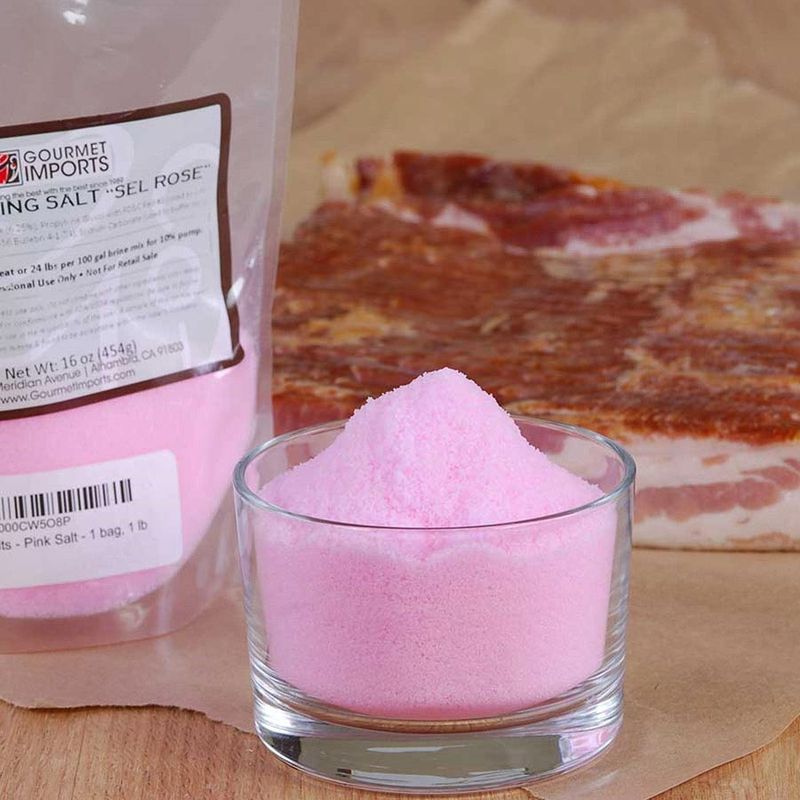
Pink curing salts, rich in nitrites, are essential for preserving and flavoring smoked meats in the U.S. BBQ tradition. However, in Norway and Switzerland, these salts face restrictions over health concerns.
The potential risks associated with nitrites have led to cautious approaches in these countries, where natural preservation methods are preferred. This contrast highlights the diverse attitudes towards food additives and the quest for healthier consumption.
9. Processed Meat Hot Dogs

Processed meats like hot dogs are an iconic part of American BBQs, embodying convenience and nostalgia. However, in countries such as Denmark, clean label standards demand transparency, making heavily processed foods less welcome.
The focus on natural ingredients and clear labeling reflects a broader movement towards healthier living. These regulations often redefine what is considered acceptable, reshaping everyday culinary experiences.
10. Hormone-Treated Beef
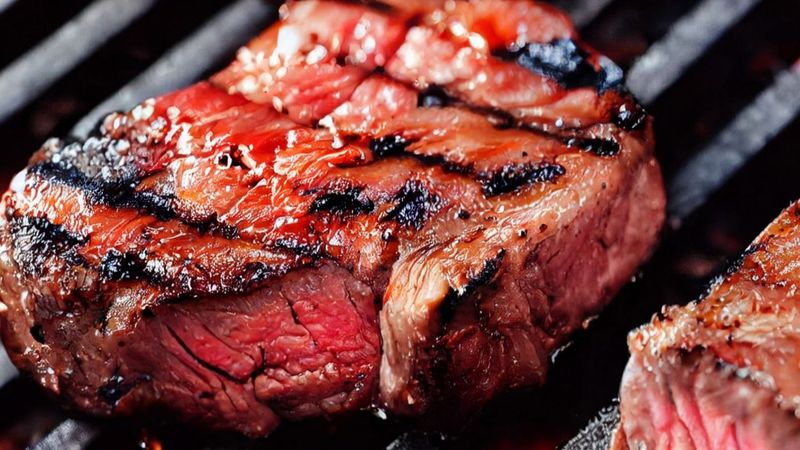
In the American BBQ scene, hormone-treated beef is standard, promising tender and juicy results. Yet, the EU bans such imports, citing health concerns related to growth hormones.
This stark contrast in food standards reveals differing priorities in public health and agricultural practices. Where one sees innovation, another sees potential risk. It’s a discussion that influences international trade and culinary diversity.
11. Giant Turkey Legs
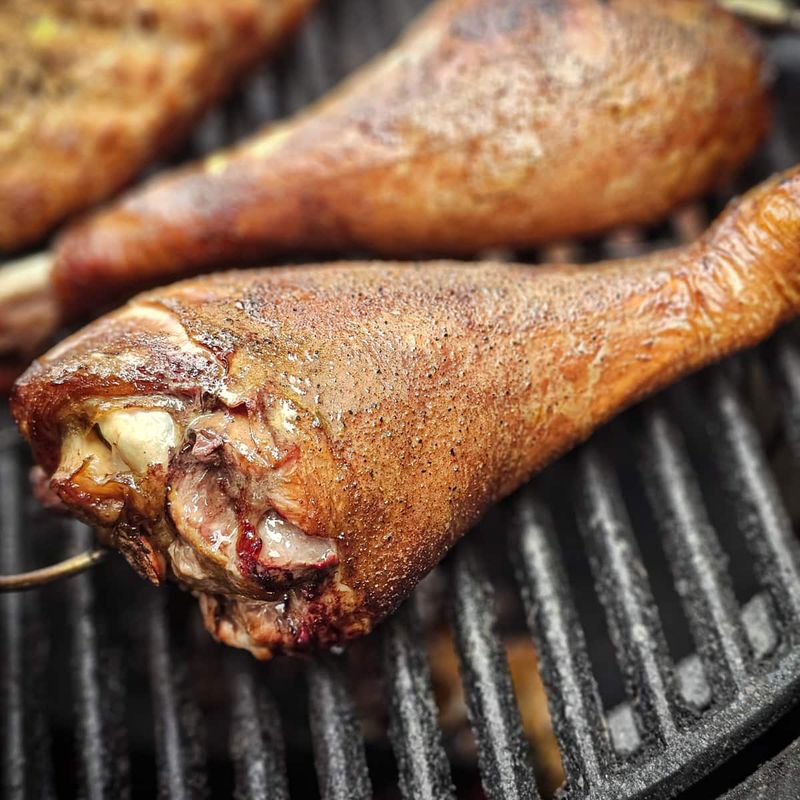
Nothing says American BBQ like the sight of a giant turkey leg, reminiscent of fairground feasts. These oversized meats are rare, or sometimes banned, in places with animal welfare concerns.
The focus on ethical treatment and sustainable practices often means smaller portions and different meat sourcing. It’s a fascinating look at how BBQ traditions adapt to cultural values.
12. Foie Gras Burgers or Add-Ons
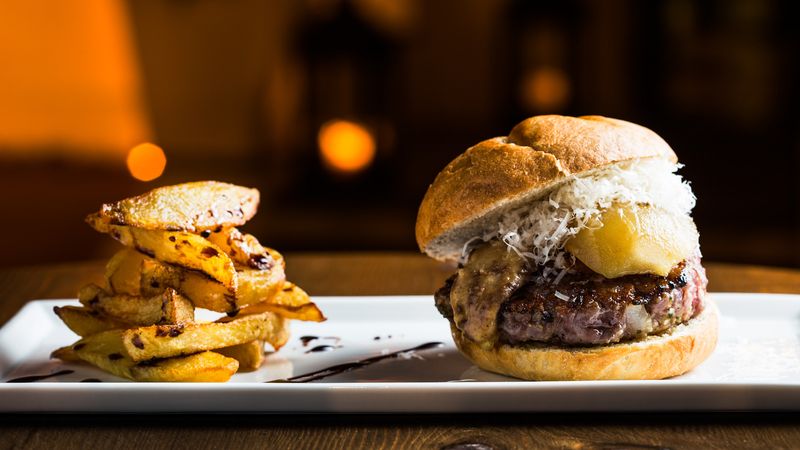
Foie gras, with its rich, buttery texture, often elevates American gourmet burgers. However, ethical concerns over force-feeding geese have led to bans in several countries and cities.
This controversy underscores the broader conversation about humane practices and ethical sourcing. It challenges chefs and diners alike to reconsider traditions in the face of evolving values.
13. Open Flame Grilling in Public Parks

The charm of an open flame BBQ in public parks is quintessentially American. Yet, in countries like Australia, Germany, and Spain, fire hazard laws restrict this practice.
The focus on safety and environmental impact means BBQ enthusiasts must adapt to these regulations. It’s a reminder of the balance between tradition and safety, reshaping how we enjoy outdoor cooking globally.
14. Super-Sized Portions
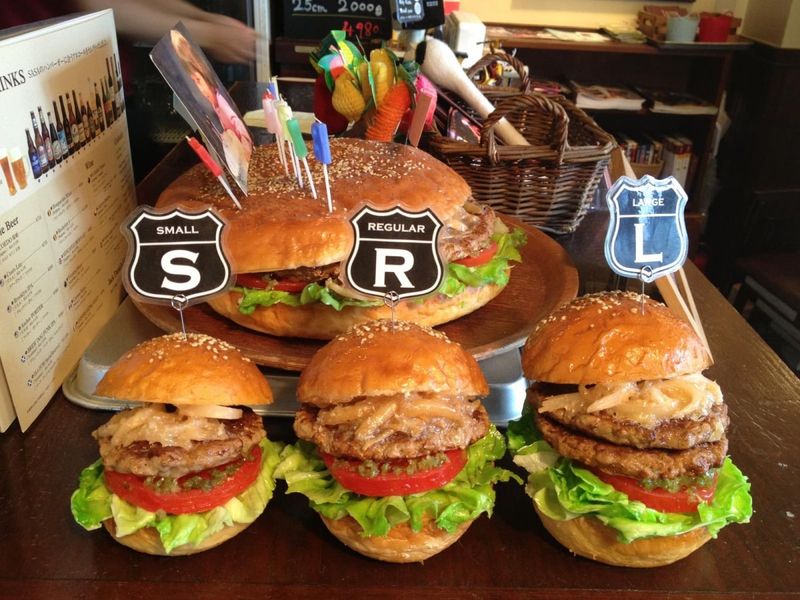
The allure of super-sized BBQ portions is undeniable in America. Massive platters and multi-pound burgers define the dining experience. However, in countries with portion-size regulations, such as Japan, these meals might be scaled down.
The emphasis on moderation and balanced nutrition reflects a global trend towards healthier lifestyles. It’s a cultural exchange that redefines how we approach dining.
15. Meat-Centric Menus with No Vegetarian Options
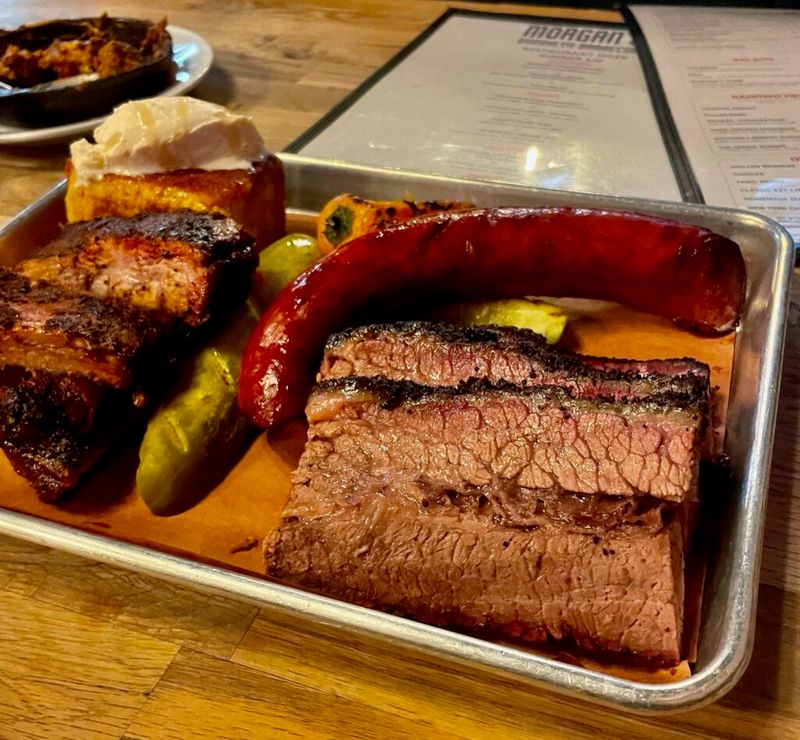
In America, BBQ often means a menu overflowing with meat-centric options. However, in countries like India or parts of the EU, sustainability mandates and cultural preferences favor vegetarian choices.
This culinary divergence highlights global attitudes towards meat consumption and environmental impact, urging a reevaluation of what constitutes a balanced meal.
